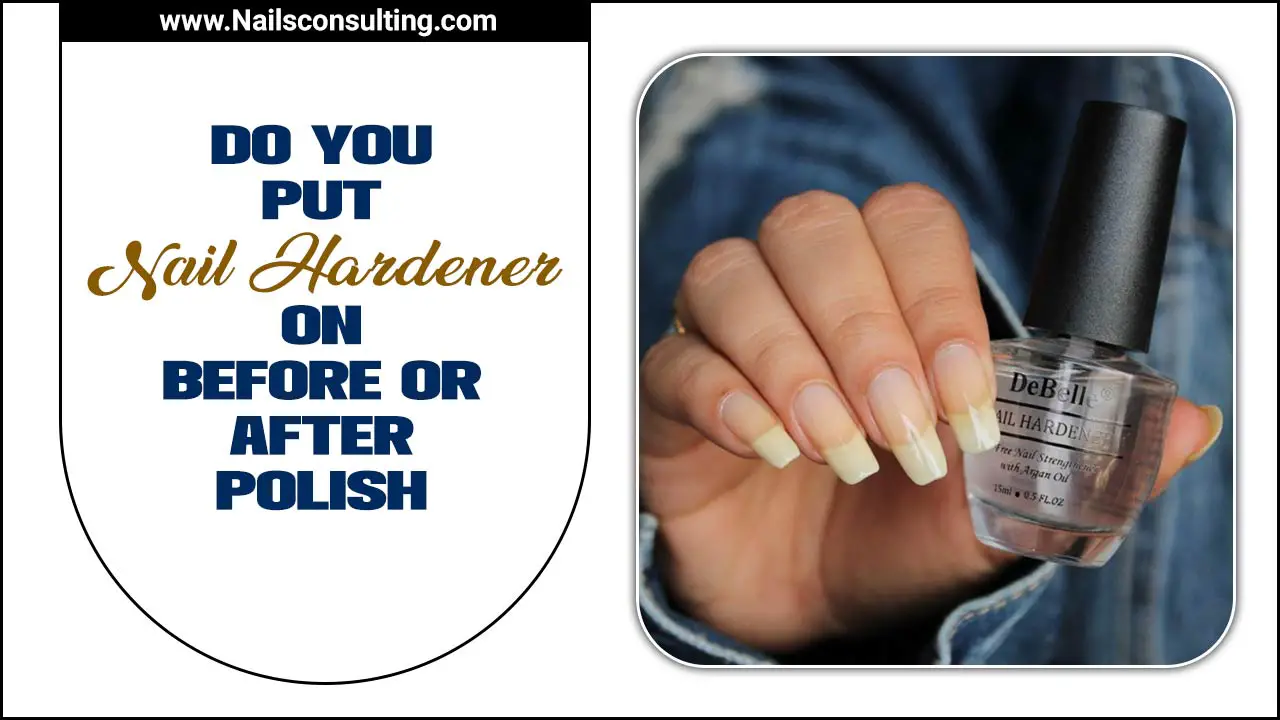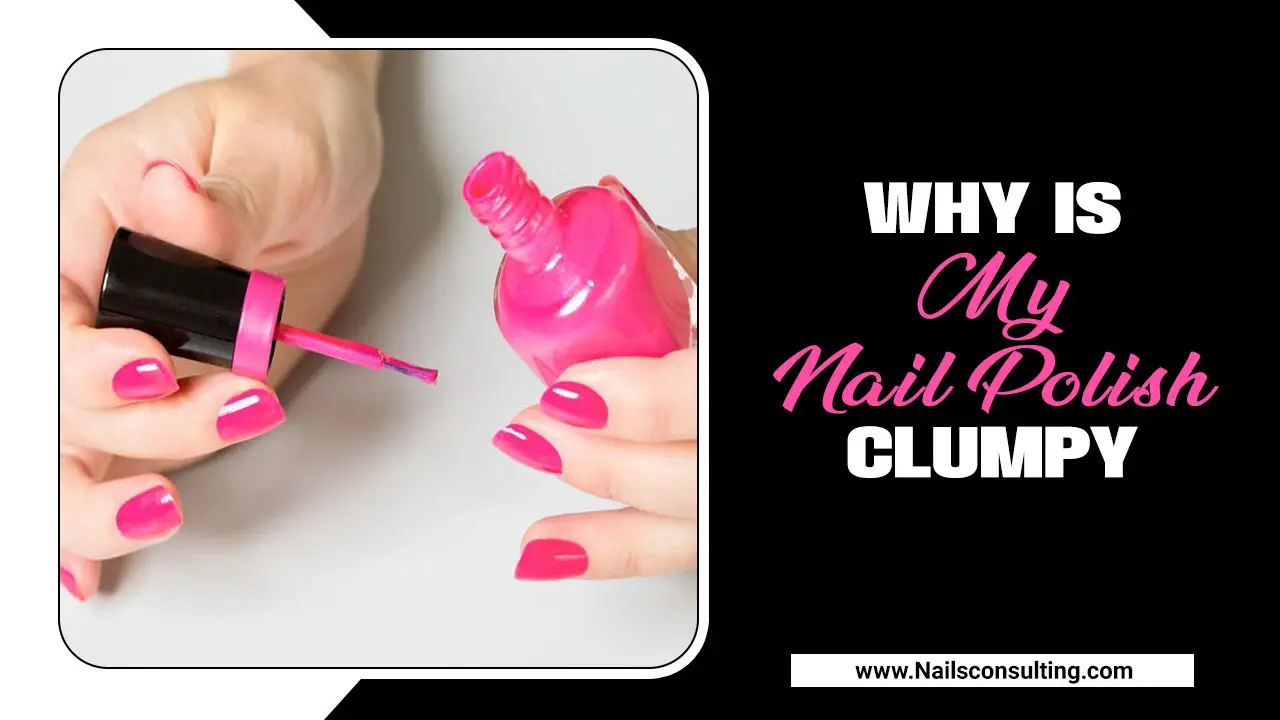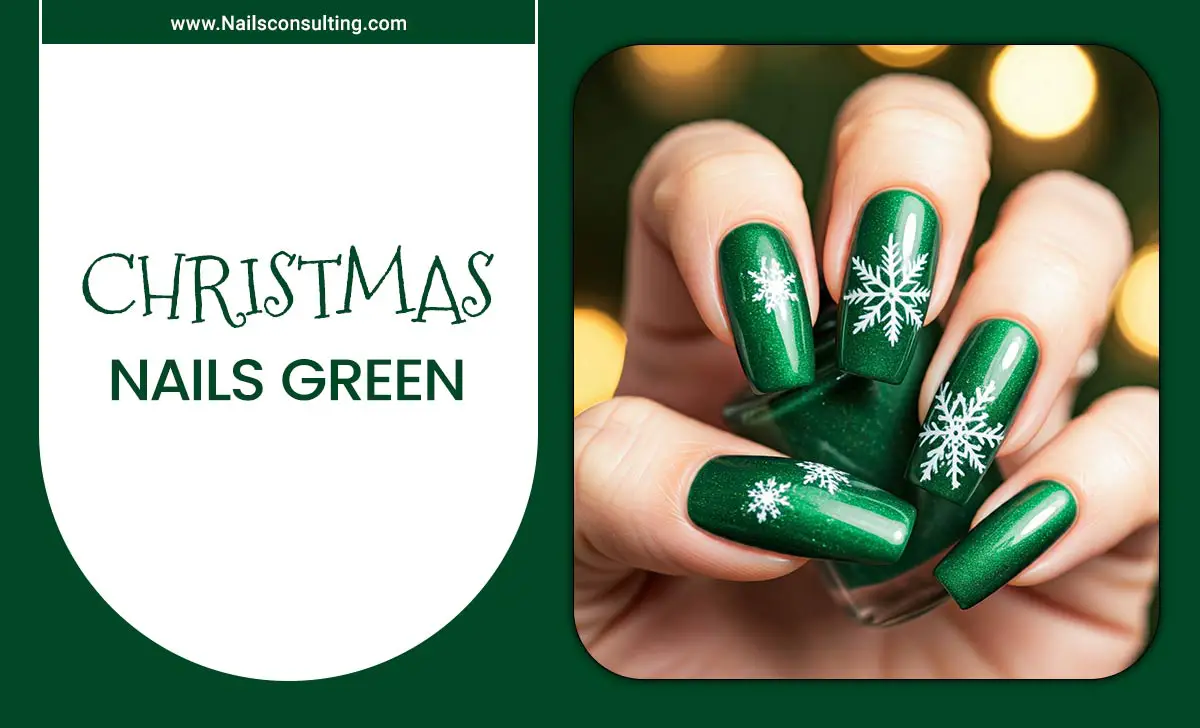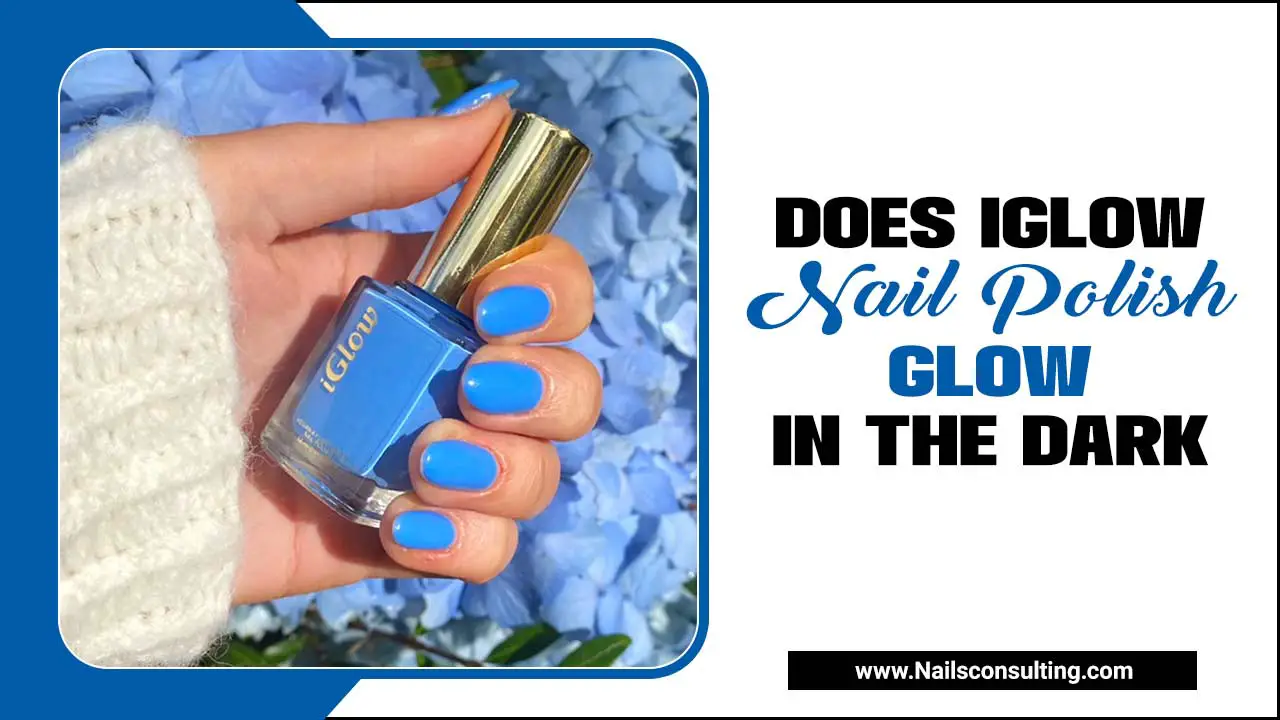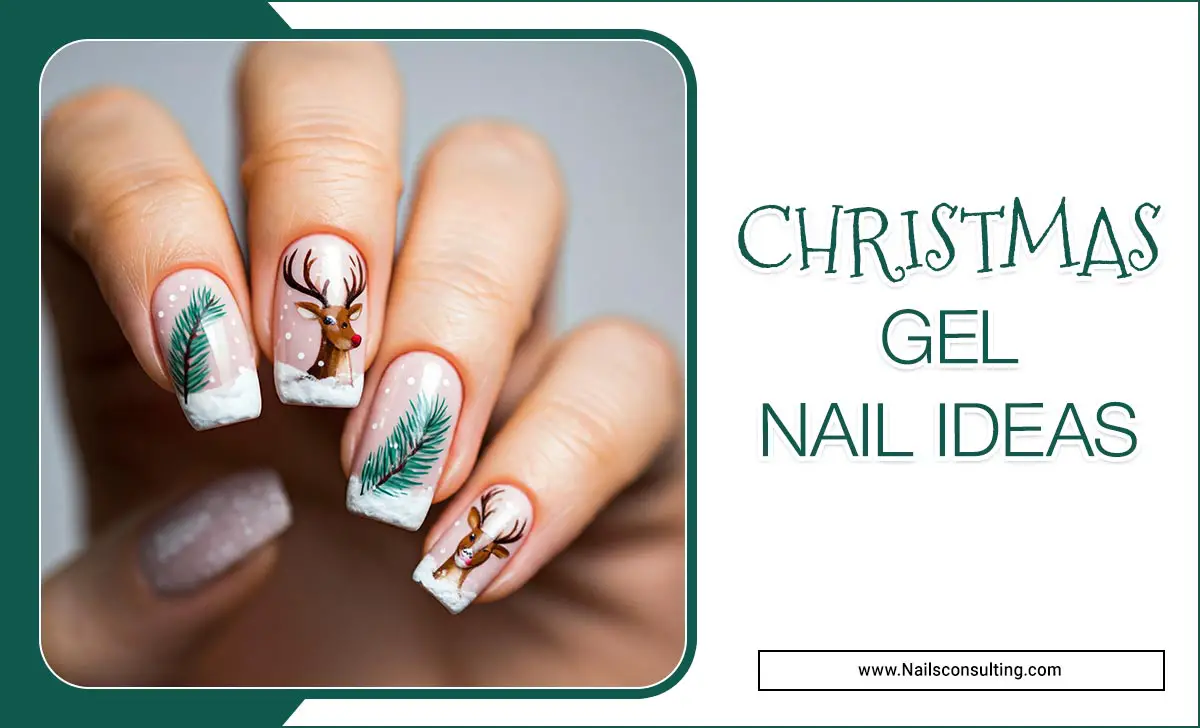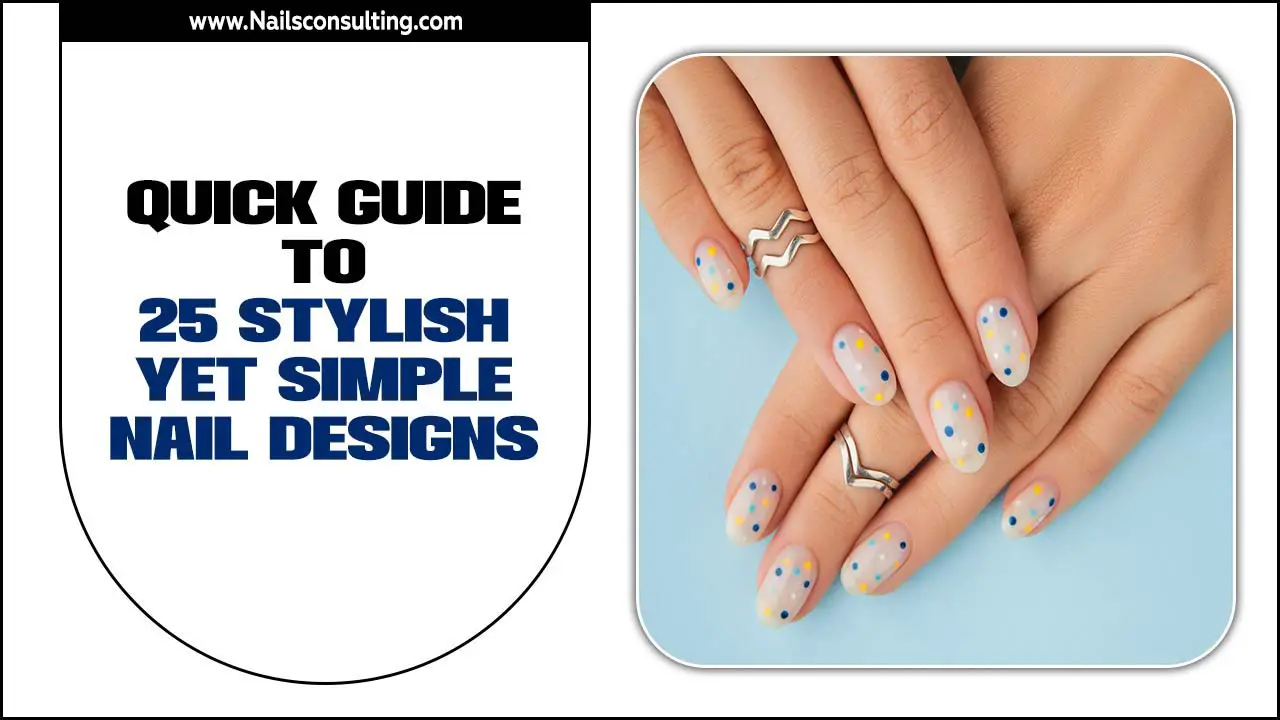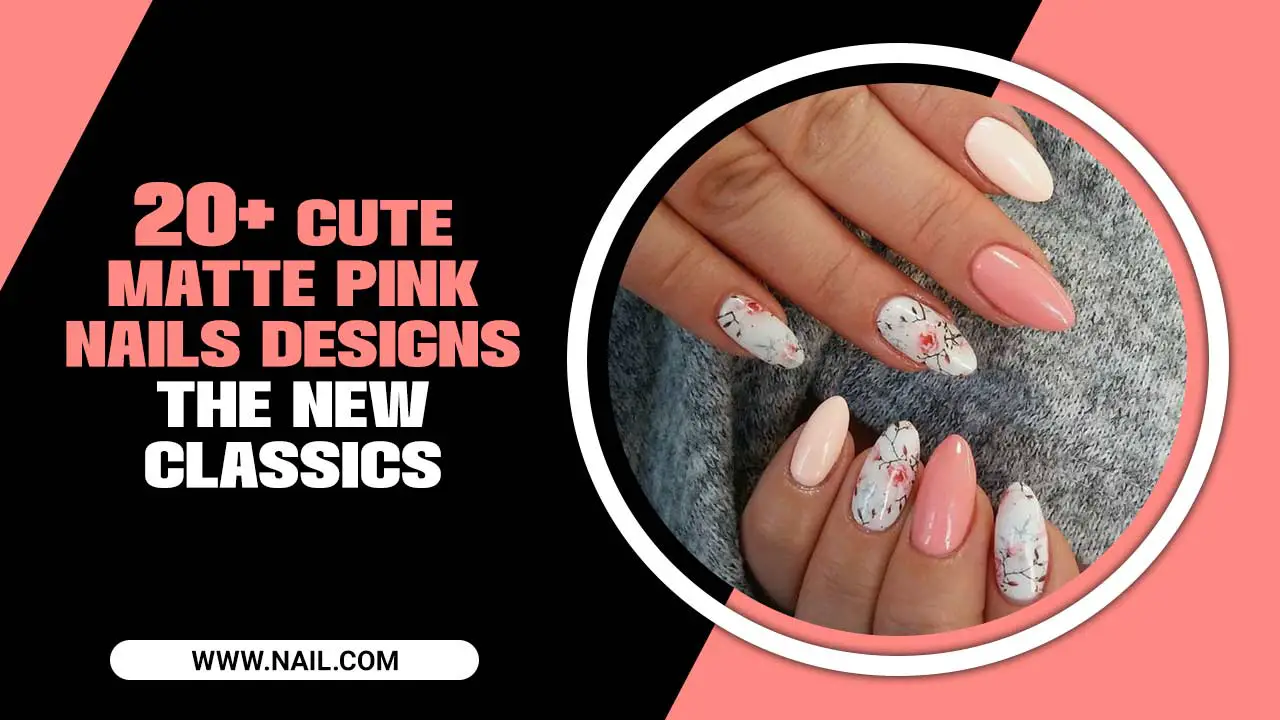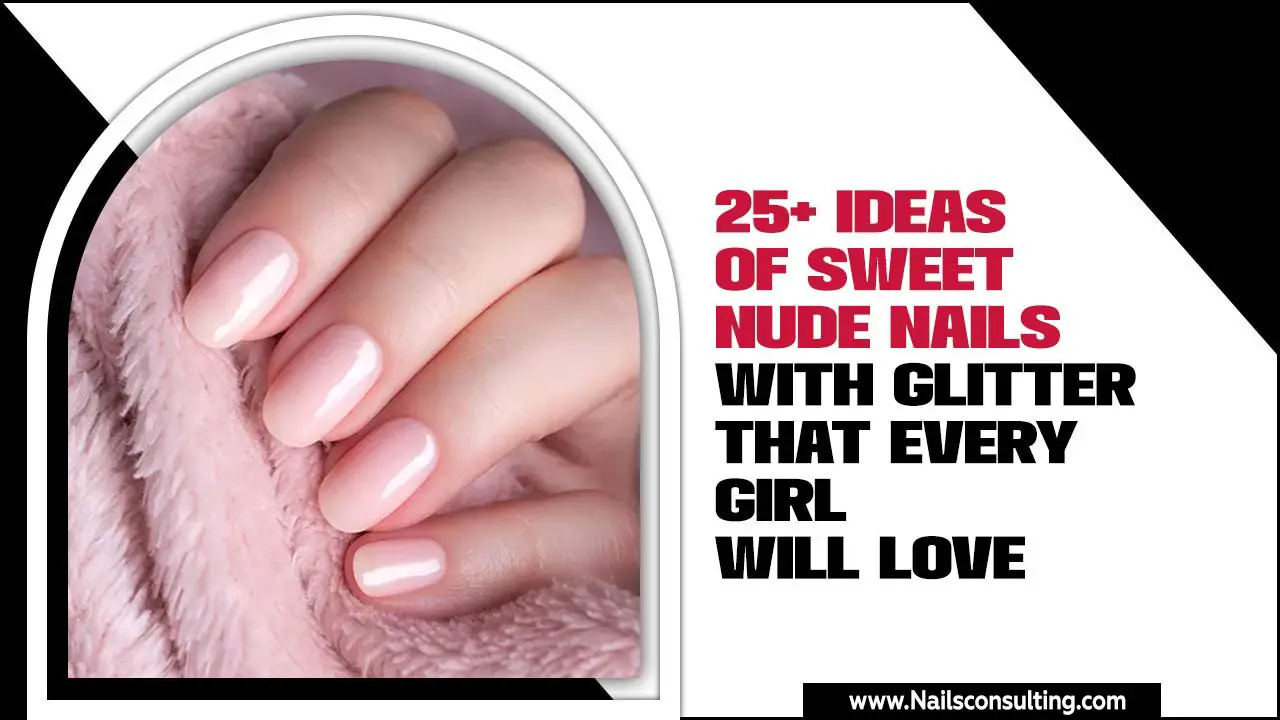There’s nothing more frustrating than putting in the time and effort to paint your nails only to have them bubble up and ruin your perfect manicure.
Nail polish bubbling is a common problem that can happen for various reasons. Here, we will explore why does my nail polish bubble and what you can do to prevent it from happening.
We will also provide you with some tips on how to fix bubbled nail polish so that you can save your manicure without having to start all over again. Whether you’re a pro or just beginning with painting your nails, this post will help you understand everything you need to know about bubbled nail polish.
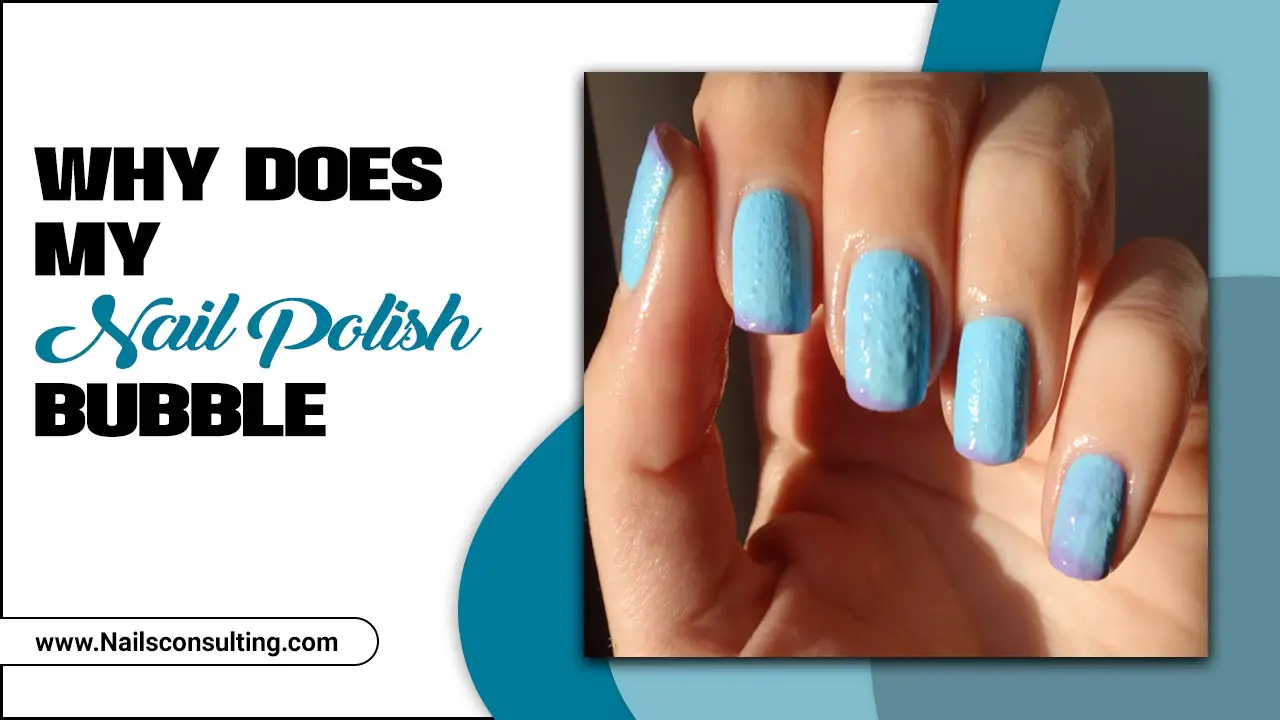
7 Reasons Why Does My Nail Polish Bubble
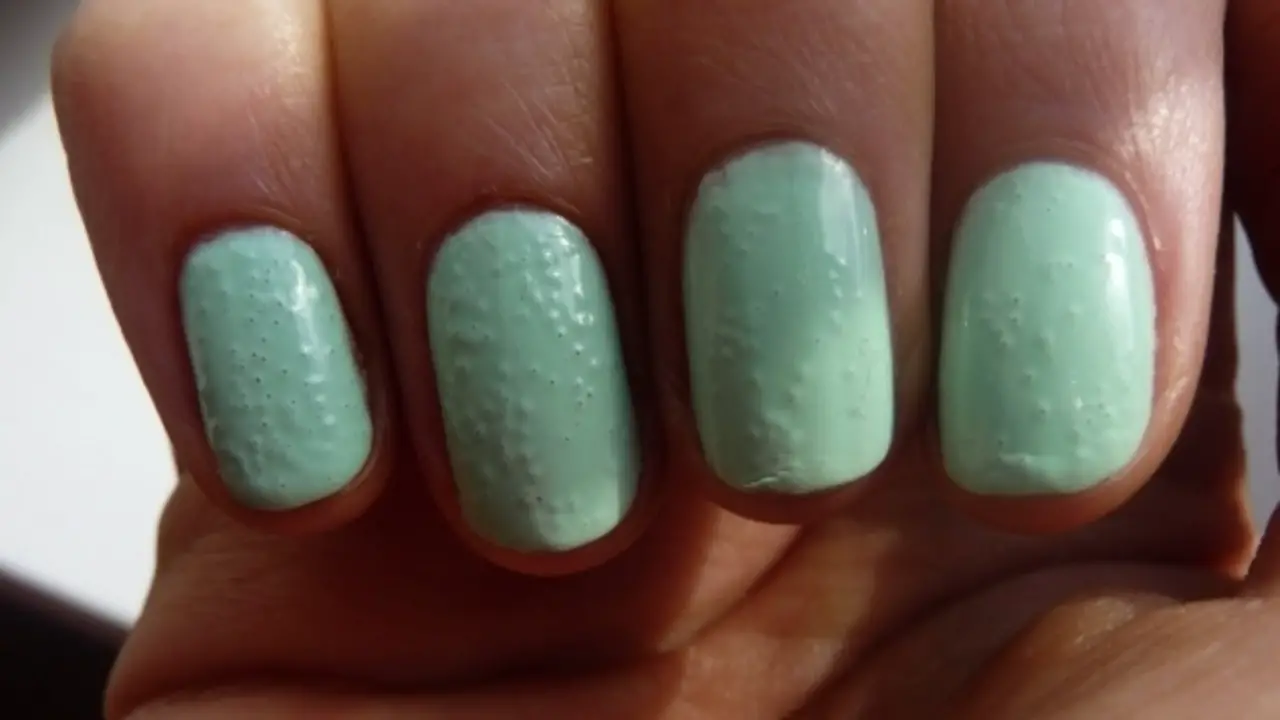
Bubbling nail polish is a common issue that many people experience. Several factors can cause nail polish to bubble. Heat and moisture are two culprits that play a role in this phenomenon. It is important to properly prep your nails before applying nail polish to prevent bubbles. There are several reasons why your nail polish may bubble after application. Here are seven reasons why does my nail polish bubbles:
Not Cleaning Your Nails Beforehand
Before applying nail polish, it is crucial to clean your nails properly. Start by washing your hands with soapy water to remove any dirt or oils. Additionally, use acetone nail polish remover to eliminate any residue from your nails. Moisture or leftover product on your nails can lead to bubbles forming in your nail polish.
Therefore, ensuring proper nail prep is essential to avoid this issue. To further prepare your nails, wipe them with rubbing alcohol to remove any remaining residue. These simple steps will help you achieve a flawless nail polish application without any bubbles.
Using Old Or Expired Nail Polish
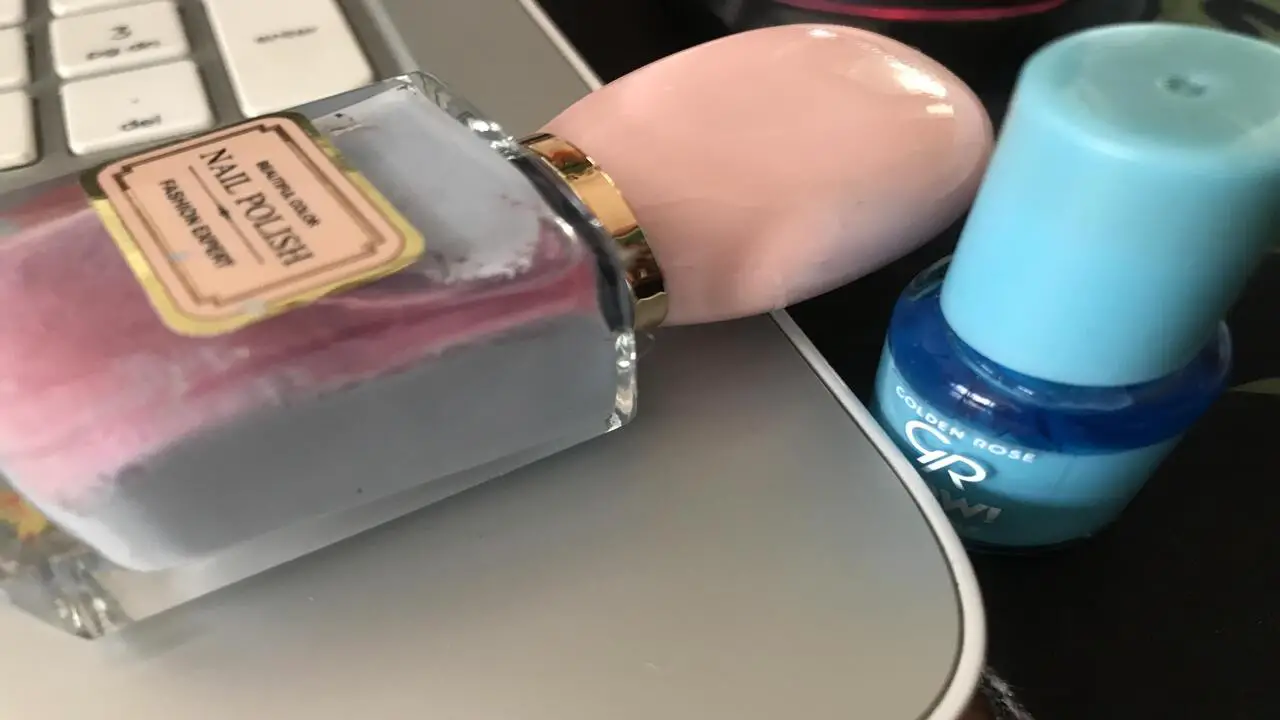
Using old or expired nail polish can lead to several issues, including nail polish bubbling. One way to determine if your nail polish is past its prime is by checking the bottle’s neck for gloopy polish, which indicates that it has become old and dried out.
When nail polish dries out, it can lose its smooth consistency and cause bubbles when applied. To avoid this, it’s important to dispose of old nail polish and invest in new bottles. By doing so, you’ll ensure that you’re using fresh polish with the right consistency, resulting in a flawless manicure.
Applying Too Much Nail Polish
When applying nail polish, it’s important to keep in mind that using too much can lead to streaks and bubbles. To avoid these issues, it is recommended to apply thin layers of polish. This not only prevents bubbling but also allows each layer to dry properly before applying the next coat.
Another tip is to avoid using thick or gloopy polish by using thinner coats. Using a good quality polish can also help prevent bubbling caused by applying thick coats. So remember, less is more when it comes to applying nail polish.
Not Applying A Base Coat
Not applying a base coat can be a common reason for nail polish bubbles. To prevent this, it is crucial to use a clear base coat before applying the color polish. The base coat acts as a barrier, preventing moisture from bubbling the polish.
Additionally, using a nail primer as a base coat can help the polish adhere better and result in a smoother finish. Applying the polish directly to the nail without a base coat can lead to unsightly bubbles. So, next time you’re doing your nails, make sure to apply a base coat for a flawless manicure.
Not Pressing Out The Brush
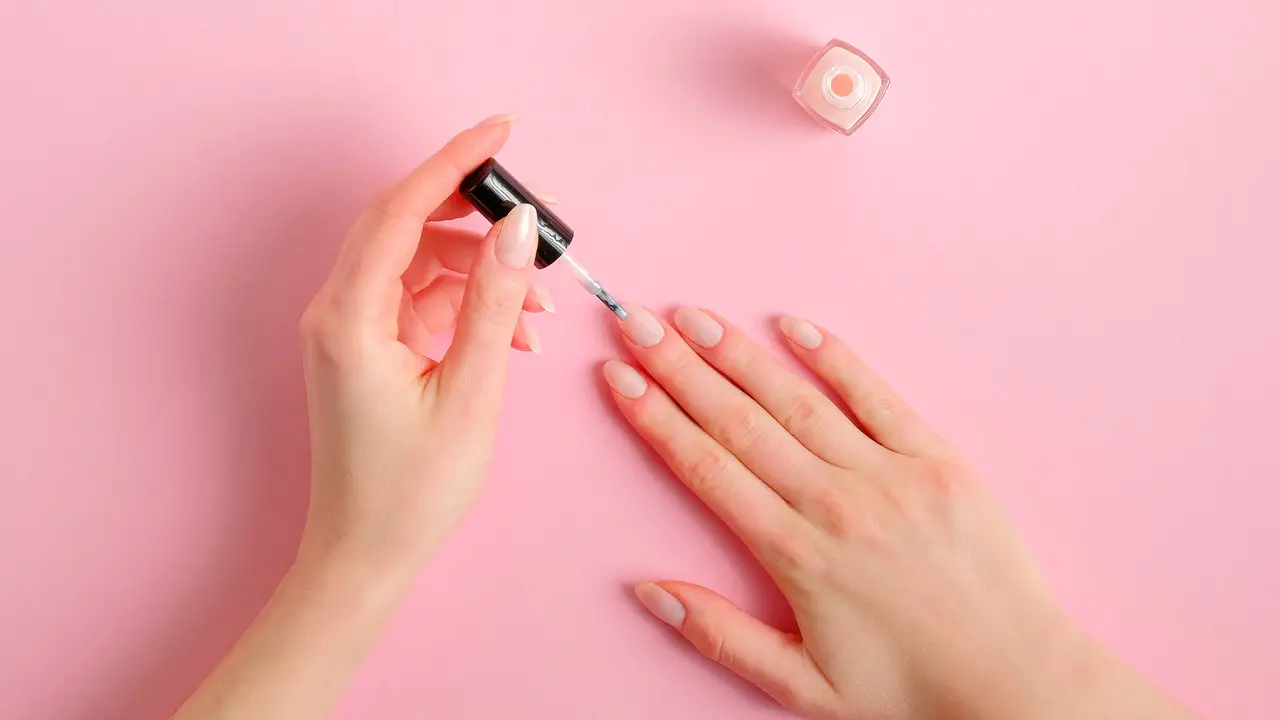
To prevent bubbles in your nail polish, it’s important to prepare the brush before application properly. One way to do this is by gently pressing the brush against the bottleneck. This helps remove excess polish, reducing the risk of bubbling. Pressing the brush also allows you to control the amount of polish applied, preventing bubbles.
Another technique is to flick the brush to remove any excess polish before applying it to your nails. By maintaining the brush’s condition and removing excess polish, you can ensure a smooth application without any tiny air bubbles.
Applying Too Many Layers
Regarding applying nail polish, less is often more. Applying too many layers of polish can lead to unsightly air bubbles. To prevent this, it’s important to limit the number of coats and allow each layer to fully dry before applying the next.
Applying thin layers of polish also helps to minimize the risk of air bubbles. Additionally, using the right amount of polish during application can help avoid streaks and bubbles. Remember, it’s better to build up thin layers rather than apply thick coats all at once.
Not Applying A Top Coat
Applying a top coat is essential to prevent air bubbles and achieve a smooth manicure finish. Without a top coat, nail polish can bubble and smudge. To avoid this, remember to apply a clear base coat before the color polish and seal it with a top coat. The top coat not only adds shine but also helps the nail polish dry evenly. It’s a great way to extend the longevity of your manicure. Don’t forget these easy fixes – a quick swipe of a top coat can make a big difference!
Fixing Bubbled Nail Polish
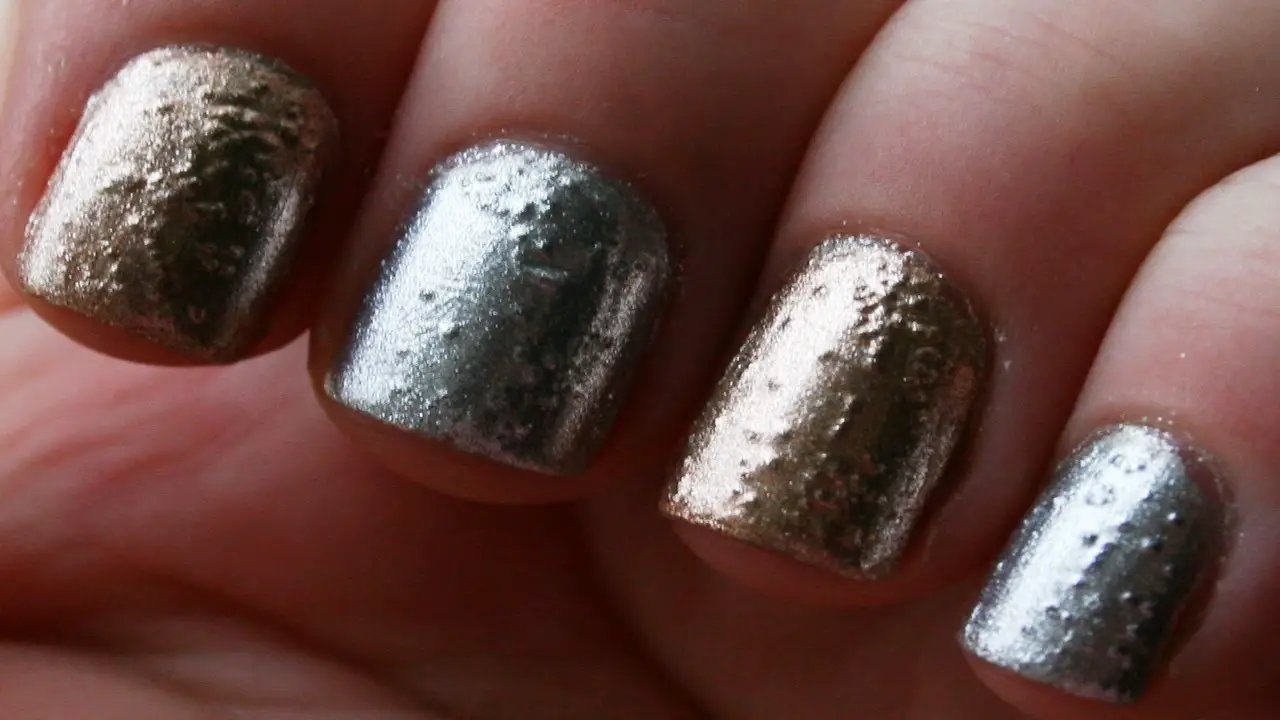
Bubbled nail polish can be frustrating, especially after spending time and effort on a manicure. There are a few common reasons why nail polish may bubble, such as applying the polish too thickly or shaking the bottle vigorously before use. If you still notice bubbles after following these tips, it may be worth checking the expiration date of your nail polish or trying a different brand. To fix bubbled nail polish, try these tips:
- Start With Clean Nails: Make sure your nails are free from any oils or residue before applying nail polish. This can help the polish adhere better and prevent bubbling.
- Apply Thin Coats: Instead of applying one thick coat of nail polish, opt for multiple thin coats. This allows each layer to dry more evenly and reduces the chances of bubbling.
- Avoid Shaking The Bottle: Shaking the nail polish bottle can introduce air bubbles into the formula. Instead, roll the bottle between your hands to mix the polish gently.
- Use A Base Coat And Topcoat: Applying a base coat before your colored polish and a topcoat after can help create a smoother surface and prevent bubbling.
Troubleshooting Tips For Fixing Bubbled Nail Polish
Bubbled nail polish can be frustrating, especially after spending time carefully applying it. There are a few common reasons why nail polish may bubble, but the good news is that there are some troubleshooting tips to help fix the issue.
First, make sure you are applying thin layers of polish and allowing each layer to dry completely before applying the next. Thick layers can trap air and lead to bubbling. Additionally, be mindful of the temperature and humidity in your environment while painting your nails, as extreme temperatures or high humidity can also cause bubbles.
Lastly, check the consistency of your nail polish. If it is too thick or gloopy, try adding a few drops of nail polish thinner to help create a smoother application. With these tips in mind, you can achieve a flawless manicure without any pesky bubbles.
Tips For Preventing Nail Polish From Bubbling
Preventing nail polish from bubbling can help you achieve a smooth and flawless manicure. By following these tips, you can enjoy a bubble-free manicure and show off your perfectly polished nails. Here are some tips to prevent nail polish from bubbling:
- Ensure that your nails are clean and dry before applying polish. Any moisture or oil on the nail surface can cause bubbles.
- Shake your nail polish bottle gently before applying. Avoid vigorous shaking, as this can introduce air bubbles into the polish.
- Apply thin coats of nail polish. Thick coats take longer to dry and are more likely to bubble.
- Allow each coat of polish to dry completely before applying the next layer. Rushing the drying process can lead to bubbling.
- Avoid painting your nails in a humid environment, as high humidity can affect the drying time and lead to bubbling.
Conclusion
To avoid bubbled nail polish, make sure you clean your nails beforehand and use fresh, good-quality nail polish. Apply thin, even coats of polish, pressing out the brush to avoid bubbles. Always use a base coat and top coat for added protection and longevity if you do end up with bubbled nail polish.
You can fix it by gently buffing the surface and applying a thin layer of fresh polish. Remember, prevention is key, so take care to follow these tips to ensure a flawless manicure every time. So, it is essential to know why does my nail polish bubble.
Frequently Asked Questions
1.Can Proper Storage Prevent Bubbling In Nail Polish?
Ans: Proper storage plays a crucial role in preventing nail polish from bubbling. Store it in a cool, dry place, away from direct sunlight or heat sources. Ensure the cap is tightly closed after use, and avoid storing it in humid areas like the bathroom.
2.How Do I Stop My Nail Polish From Bubbling?
Ans: To prevent nail polish from bubbling, start by ensuring your nails are clean and oil-free. Apply thin layers of polish, allowing each layer to dry completely before adding more. Avoid vigorously shaking the polish bottle, and use a high-quality topcoat to smooth out any remaining bubbles.
3.What Causes Bubbles In Nail Polish?
Ans: Bubbles in nail polish can occur due to various reasons. Shaking the bottle or applying excessive pressure while painting can introduce air bubbles. Thick coats of polish and changes in humidity or temperature can also lead to bubbling. To prevent bubbles, apply thin coats and allow each layer to dry completely before adding more polish.
4.Do Bubbles In Nail Polish Go Away?
Ans: Bubbles in nail polish may disappear as it dries, but it depends on the cause. If caused by shaking or applying too thick of a coat, they may go away. However, if caused by moisture or oil on the nails, they may not go away and could even worsen over time.
5.Are Certain Brands Or Types Of Nail Polish More Prone To Bubbling Than Others?
Ans: Certain nail polish formulas may be more prone to bubbling than others. Cheaper or low-quality polishes are often more likely to bubble. Additionally, applying a thick coat or shaking the bottle excessively can also cause bubbling. Experimenting with different brands and application techniques can help you find what works best for you.

